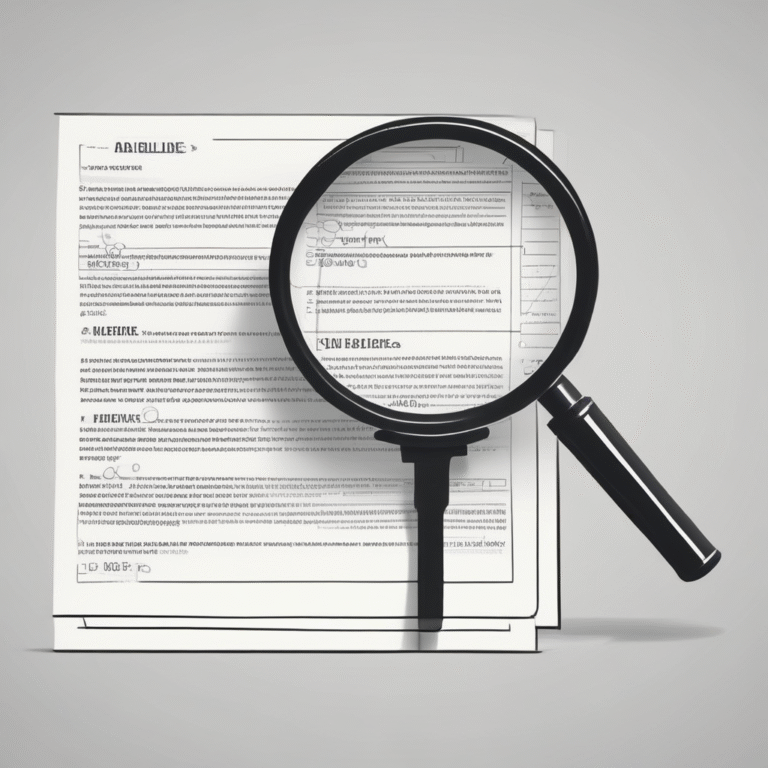AI Trends for 2025: Regulation, Governance, and Ethics
The global landscape of AI regulation is currently fragmented and evolving at a rapid pace. Initially, there was optimism that global policymakers would work towards enhancing cooperation and interoperability within the regulatory framework. However, this vision now appears distant as various regions progress at different rates, adopting distinct models ranging from policy statements to soft law, and from proposed legislation to enacted laws.
Despite this fragmentation, there are signs of a common global direction emerging aimed at minimizing the risks associated with AI usage. Key principles of safe and ethical AI development and utilization are becoming foundational elements of global regulations. To develop robust AI governance structures, businesses must anticipate evolving regulatory requirements and legal frameworks.
Emerging Governance Models
As the regulatory landscape becomes more cohesive, new governance models and strategies for AI are being developed in both public and private sectors. These new frameworks can serve as valuable guidelines for organizations. For instance, the European Commission’s AI governance initiatives offer models that companies can adopt to streamline their compliance processes without having to reinvent the wheel. Furthermore, leading global technology firms are setting benchmarks through their publicly accessible standards and principles.
While there is a growing convergence around fundamental ethical principles and values, it remains essential to recognize regional variations in AI regulation. Organizations must adapt their frameworks accordingly, particularly when operating across multiple jurisdictions.
African Landscape
In Africa, regulatory efforts are beginning to take shape. Countries like Mauritius, Kenya, and Nigeria are leading the way by engaging stakeholders to develop national AI strategies. South Africa has increased stakeholder engagement following the release of a draft AI policy framework. Notably, South Africa’s Patent Office has accepted an AI as a patent inventor, a decision that contrasts with rejections seen elsewhere and encourages AI innovation in the region.
Asia-Pacific Developments
In the Asia-Pacific region, Australia has introduced a Voluntary AI Safety Standard that comprises several AI guardrails aimed at establishing best practices for AI usage. The country is also considering mandatory guardrails for high-risk AI applications. Meanwhile, Singapore’s Model AI Governance Framework for Generative AI was introduced to provide guidance on responsible AI practices. China’s Interim Measures for the Management of Generative AI Services, implemented in 2023, represent the region’s first comprehensive binding regulations on generative AI.
Canada’s Approach
Canada’s regulatory direction is driven by the proposed Artificial Intelligence and Data Act (AIDA) and a Voluntary Code of Conduct focused on the responsible development of advanced generative AI systems. As an election approaches, the future of AIDA remains uncertain; however, the Voluntary Code emphasizes principles such as Accountability, Transparency, and Human Oversight.
European Union Leadership
The European Union is at the forefront of AI regulation, championing the world’s first comprehensive AI-specific legal framework through its landmark AI Act. This legislative framework categorizes AI systems based on risk levels associated with their use, focusing on technological application rather than the technology itself. In addition to the AI Act, the EU is advancing measures to address legal and liability challenges linked to AI, such as the proposed AI Liability Directive and the Revised Product Liability Directive, which extends liability to software and AI systems.
Latin America and the United Kingdom
In Latin America, most countries currently rely on soft law regarding AI, with the exception of Peru, which has implemented regulations centered on AI principles. Several other nations are in the process of drafting bills to safeguard personal data and intellectual property related to AI.
The United Kingdom has adopted a ‘pro-innovation’ approach to AI regulation, focusing on sector-specific guidelines rather than comprehensive AI legislation. However, there is a growing consensus on the potential risks of unregulated AI, leading to discussions on legislative measures for the most powerful AI models.
United States Regulation
In the United States, the regulatory environment is likely to become less stringent under the current administration, with a focus on minimizing international cooperation and fostering innovation. States are expected to continue developing sector-specific regulations to address safety and ethical concerns, resulting in a fragmented regulatory landscape.
As we move towards 2025, the global regulatory landscape for AI is likely to continue evolving, with various regions adopting distinct approaches to governance and ethics. Understanding these diverse strategies will be crucial for organizations navigating this complex environment.









